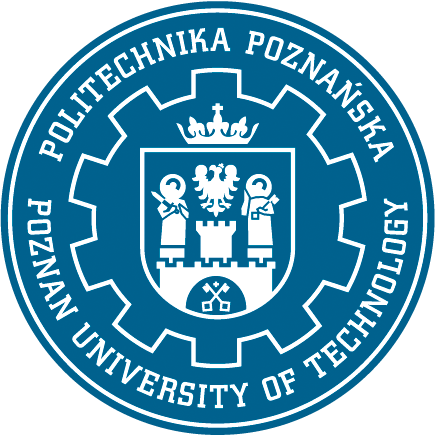About us
Our team focuses on developing AI inspired by biological neural networks.
The primary goal of our research is to improve the effectiveness of AI systems by adapting dependencies observed in nature to engineering problems.
We are working on new SNN architectures, their hardware implementations as CMOS circuits or using mobile devices. We are also developing an explainable AI.
With our activities, we try to promote SNN-based solutions.
Our publications
- M. Naumowicz, P.Pietrzak, S. Szczęsny, D. Huderek, CMOS Perceptron for Vesicle Fusion Classification, Electronics - 2022, vol. 11, iss. 6, s. 843-1-843-15
- S. Szczęsny, P. Pietrzak, Exocytotic vesicle fusion classification for early disease diagnosis using a mobile GPU microsystem, Neural Computing and Applications - 2022, vol. 34, iss. 6, s. 4843-4854
- S. Szczęsny, D. Huderek, Ł. Przyborowski, Explainable Spiking Neural Network for Real Time Feature Classification, Journal of Experimental & Theoretical Artificial Intelligence, 2021, DOI: 10.1080/0952813X.2021.1957024
- S. Szczęsny, D. Huderek, 3rd Generation Networks in UAV Vision Systems, Modern Technologies Enabling Safe and Secure UAV Operation in Urban Airspace, IOS, pp. 107-114, 2021
- S. Szczęsny, D. Huderek, Ł. Przyborowski, Spiking Neural Network with Linear Computational Complexity for Waveform Analysis in Amperometry. Sensors. 2021; 21(9):3276.
- S. Szczęsny, D. Huderek, 60 pW 20 μm size CMOS implementation of an actual soma membrane, Journal of Computational Electronics, vol. 19, Issue 1, pp. 242-252, 2020
- D. Huderek, S. Szczęsny, R. Rato, Spiking neural network based on cusp catastrophe theory, Foundations of Computing and Decision Sciences, vol. 44, Issue 3, pp. 273-284, 2019
- S. Szczęsny, 0.3 v 2.5 nw per channel current-mode cmos perceptron for biomedical signal processing in amperometry, IEEE Sensors Journal, vol. 17, Issue 17, pp. 5399-5409, 2017
- S. Szczęsny, High Speed and Low Sensitive Current-Mode CMOS Perceptron, Microelectronic Engineering, vol. 165, pp. 41-51, 2016

